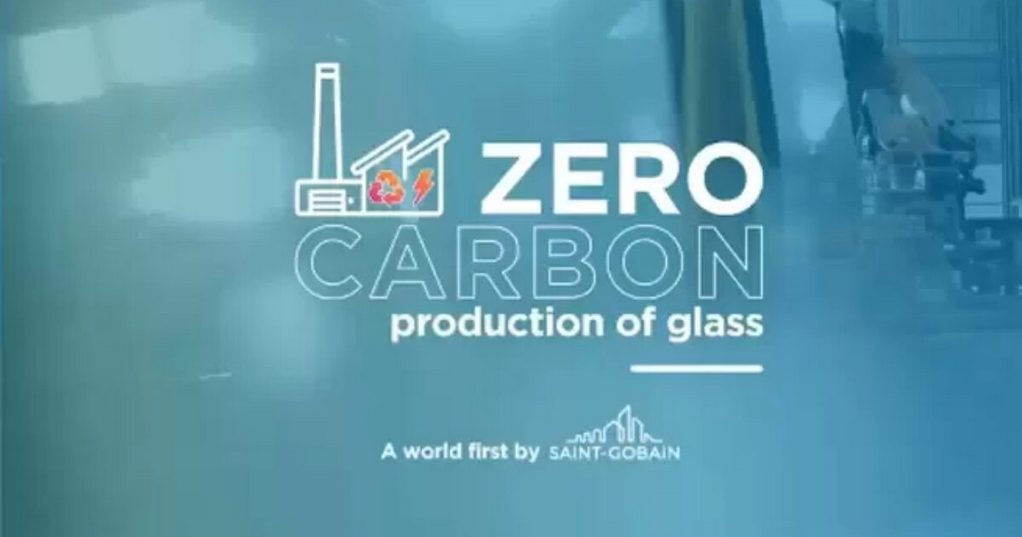Saint-Gobain, which has been in India for a quarter century, is now anticipating more pep in its sales from India. It is ratcheting up its capacity and making its manufacturing process low-carbon. A billion dollars – roughly two-thirds of its turnover in 2022 – is going into this investment plan for the period 2021 to 2025. The company is attacking carbon on two fronts — one, making the manufacturing process less carbon emitting and two, bringing down the embedded carbon in its products.
Making glass starts with melting sand (or recycled broken glass called ‘cullets’) and letting the transparent liquid float on a flat surface to slowly solidify into glass. Even if one tiny air bubble creeps in, the entire sheet has to be thrown back into the furnace. Melting it again means furnaces that guzzle a lot of energy to generate the required 1,600oC degrees of heat.
Saint-Gobain and Japanese firm Asahi Glass are on to a joint R&D programme to develop a 100 per cent electricity-fired furnace for making glass. To slash the embedded carbon in its material, a few tricks are being tried out. For instance, instead of calcium carbonate, the company is switching to wollastonite. Wollastonite is a compound of calcium, silicon and oxygen — no carbon. It has a 3 per cent lesser carbon footprint compared with calcium carbonate, and takes 2 per cent less energy to melt it.
Alongside, Saint-Gobain is bringing in recycled materials instead of virgin. The company is working with a Chennai-based start-up, which processes demolition waste to make fresh construction material.
Saint-Gobain, which is also in insulation materials, is keen on start-ups. It has taken equity positions in a number of them. Recently, the company concluded the takeover of Twiga, an Uttar Pradesh-based company that makes glass wool, under a Saint-Gobain license. This was a big acquisition, worth ₹400 crore. In December 2021, it completed a ₹150-crore acquisition of Rockwool India, another Saint-Gobain licensee, which makes stone wool, used in thermal, acoustic and fire safety applications.
Saint-Gobain is present in 76 countries. Each year, the HQ gives a sole sustainability award to one of the 76 units. Last year, it was won by Saint-Gobain India. Clearly, the Indian operations is looking through the right glass.
Tags: Asahi Glass, India, LowCarbon, Saint-Gobain



Recent Posts
Egypt Advances Maritime Decarbonisation with National Action Plan Backed by IMO
Fuelre4m unveils VIRDIS: A predictive AI breakthrough in global fuel distribution, powered by Five9nes
EXMAR Launches First Ammonia-Fueled Gas Carrier at HD Hyundai Mipo
Japan-Backed Green Hydrogen Centre Planned for Uttar Pradesh
JSW Group Outlines Major Push into Commercial and Heavy Electric Vehicles
Lloyd’s Register Grants Approval in Principle for KSOE’s Multi-Fuel Newcastlemax Bulk Carrier Design
Eureka Shipping Deploys HVO-Ready Cement Carrier Tamarack for Great Lakes Operations
Terntank Places Repeat Order for VentoFoil Wind Propulsion Units on Methanol-Ready Hybrid Tankers